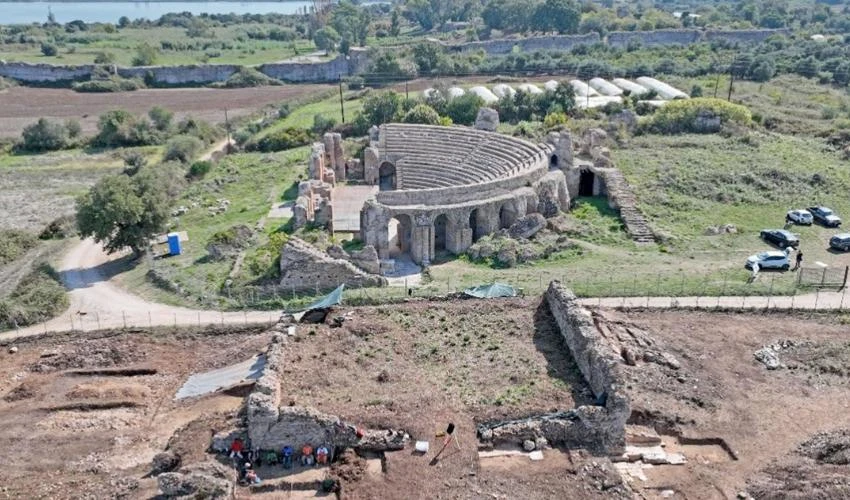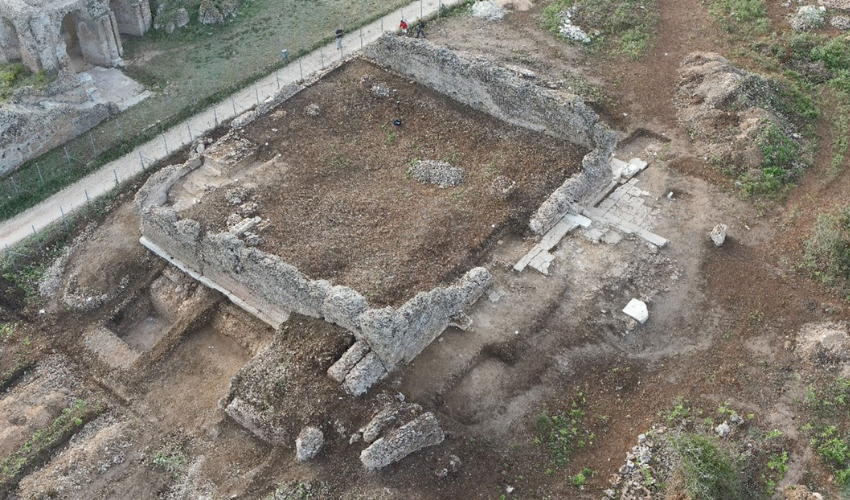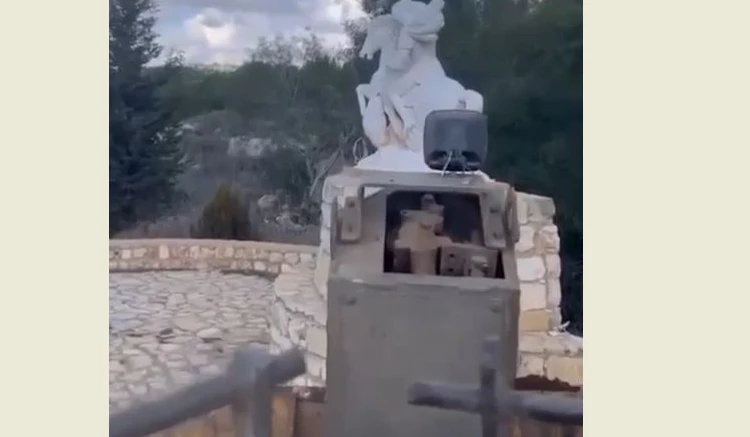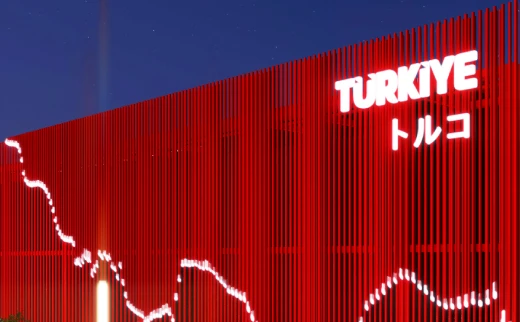New archaeological discoveries in Greece illuminate Roman history, architecture

Recent archaeological excavations at the ancient city of Nikopolis in Epirus, Greece, have yielded significant findings, offering new insights into Roman architecture and urban planning.
The 5-year project, “Systematic Excavation of the Agora (Forum) of Nikopolis,” began in September-October 2023, under the direction of Konstantinos L. Zachos, an honorary ephor of antiquities.
The Greek Parliament funded the project, with support from the Citizens’ Initiative “Eftychos.” The project aims to study the layout, character and historical evolution of the Agora and its monuments.
Augustus founded Nikopolis to commemorate his victory at the Battle of Actium in 31 B.C. The city’s Agora served as the focal point of political, economic and social life during the Roman Empire.
The current excavations focus on a square building west of the Roman Odeon, revealing extensive architectural remains and mosaics.

Key findings from the first excavation period include a section of tiled flooring, believed to be part of the Agora’s outdoor square. Excavators also uncovered two previously unknown annexes on the western and eastern sides of the main building.
These annexes sit along the edge of a natural embankment, suggesting a two-level structure for the Agora, similar to other imperial-era markets.
The Greek Ministry of Culture emphasized the importance of this discovery, stating: “This observation suggests a two-level structure for the Agora space, similar to known examples from the imperial era of markets with an ‘upper market’ and a ‘lower market.'”
The interior of the excavated building revealed a monumental propylon with five steps, serving as the sole entrance. The architectural decoration was imposing, featuring diverse elements and sculptures, including rich orthogonal marble with multicolored slabs adorning the exterior facades.
Archaeologists found a well-preserved mosaic floor with geometric patterns in black-and-white tesserae.
Unexpectedly, a significant artificial fill made of repurposed architectural elements and marble pieces sealed this mosaic.
This indicates two main construction phases: the initial phase involving the mosaic and a later phase constructing an elevated second floor. Numismatic evidence dates these phases to between the 2nd and 4th centuries A.D.
Archaeologists discovered nine fragments of inscriptions among the movable finds. One marble wall inscription from the 2nd century mentioned an unidentified emperor.
Another inscription, embedded in the second phase floor inside the building, was a votive dedication to the Roman emperors.

“The sum of the information obtained from the observations on the architecture of the building, the individual movable finds as well as the inscriptional and numismatic evidence, allow us to restore the building as one of the central public buildings of the Agora,” the Greek Ministry of Culture noted.
The findings suggest that the building played a significant public role in the Agora, possibly as a Sebasteion, or temple dedicated to the emperors. This aligns with similar structures from the same period across the Roman Empire. Konstantinos Zachos, the project director, remarked: “The exact function of the building cannot yet be precisely determined, but it is likely dedicated to imperial worship.”
Excavations are expected to continue, enhancing understanding of the Agora’s development and its role in Nikopolis’s urban landscape.
The research team aims to integrate these findings into the broader master plan for the Archaeological Park of Nikopolis, contributing to the study of Greek cities during the Roman period.
The Greek Ministry of Culture stressed the project’s potential, stating: “The continuation of the program and systematic investigation of the Agora’s broader area will complete our understanding of Nikopolis’ social center during the imperial era.”
Greece is preparing to submit Nikopolis for induction onto the UNESCO World Heritage List, recognizing its historical and cultural significance.
These excavations not only enrich the city’s historical narrative but also underscore its architectural grandeur and pivotal role in the Roman Empire.



